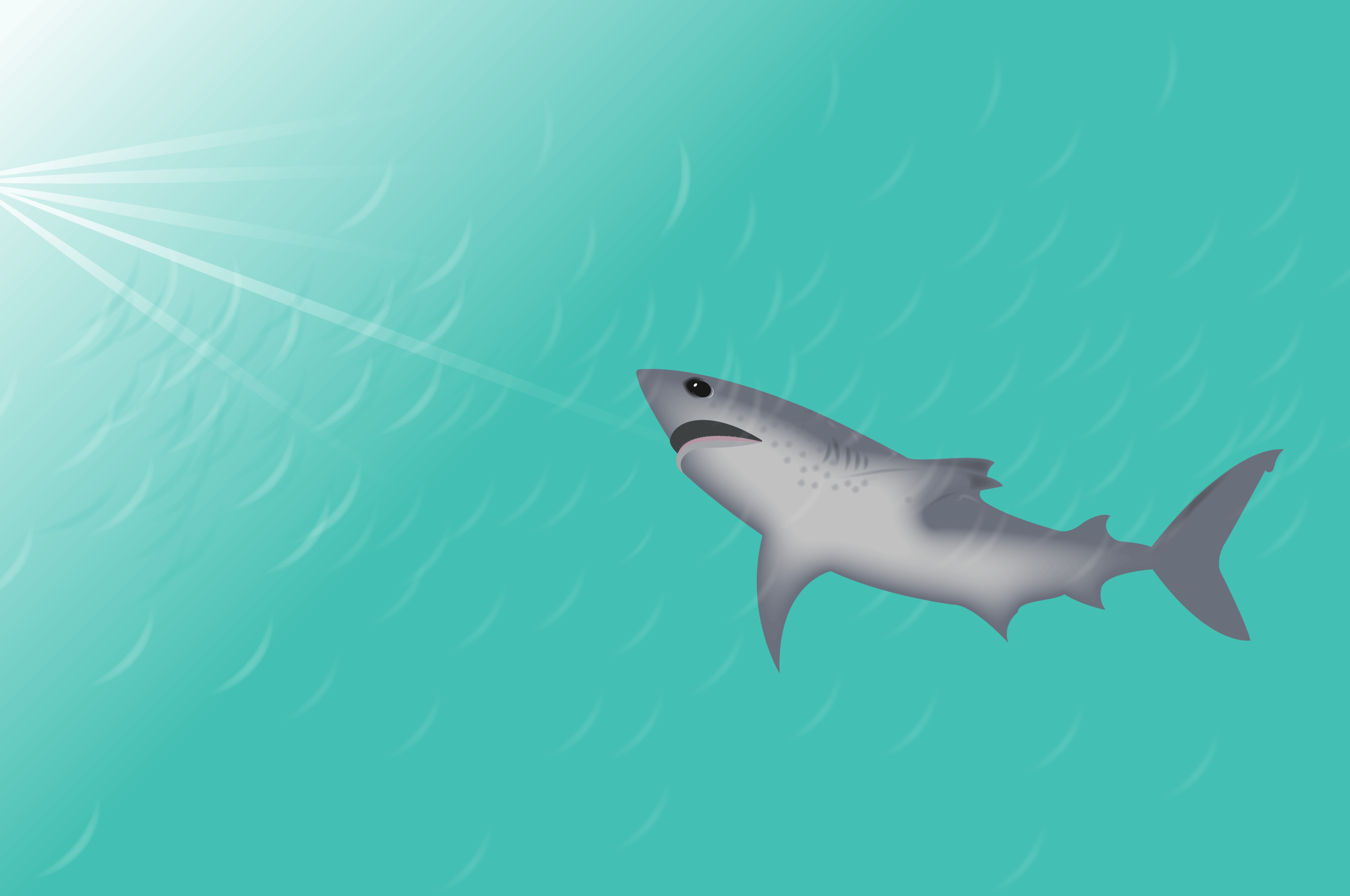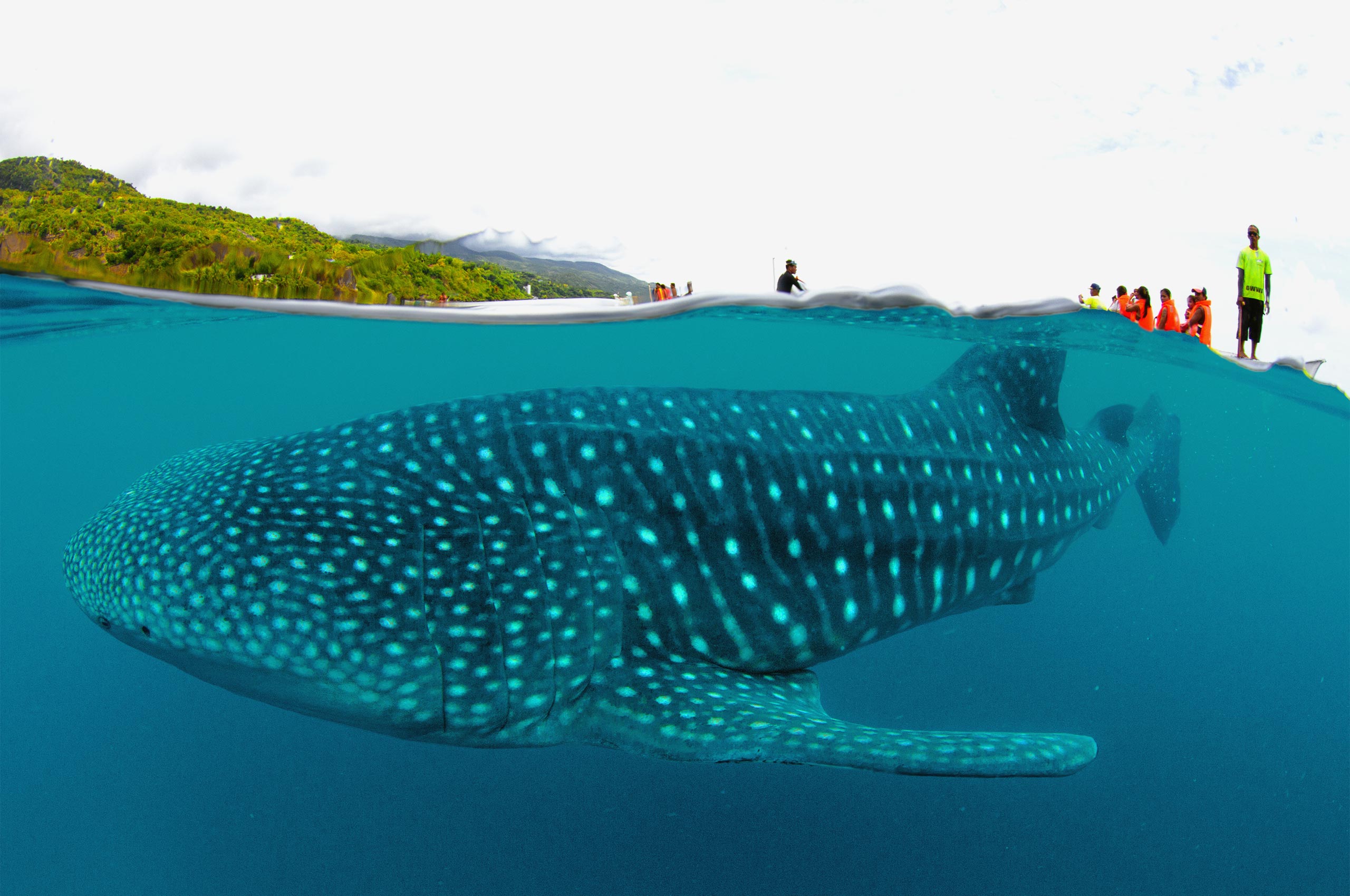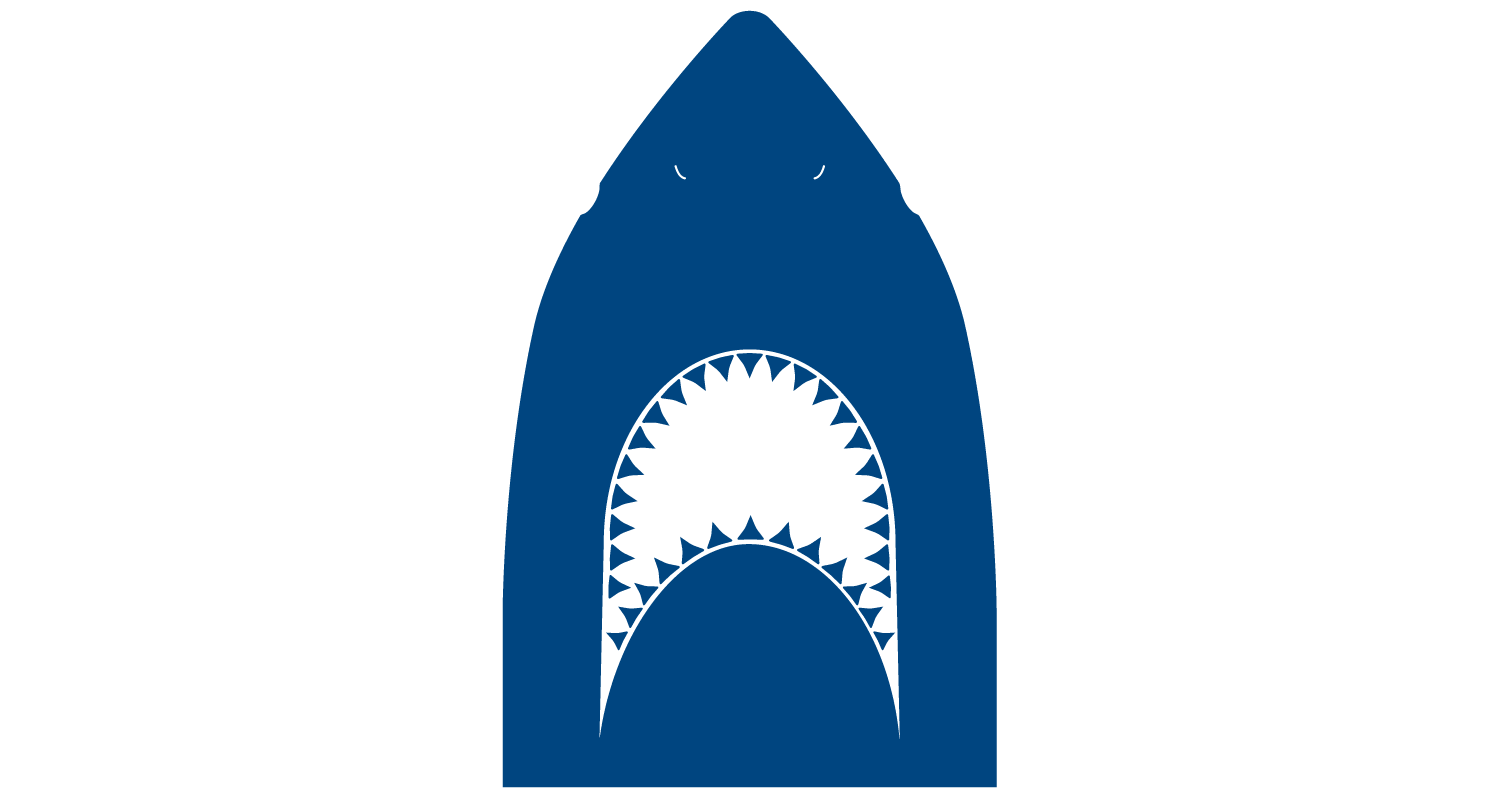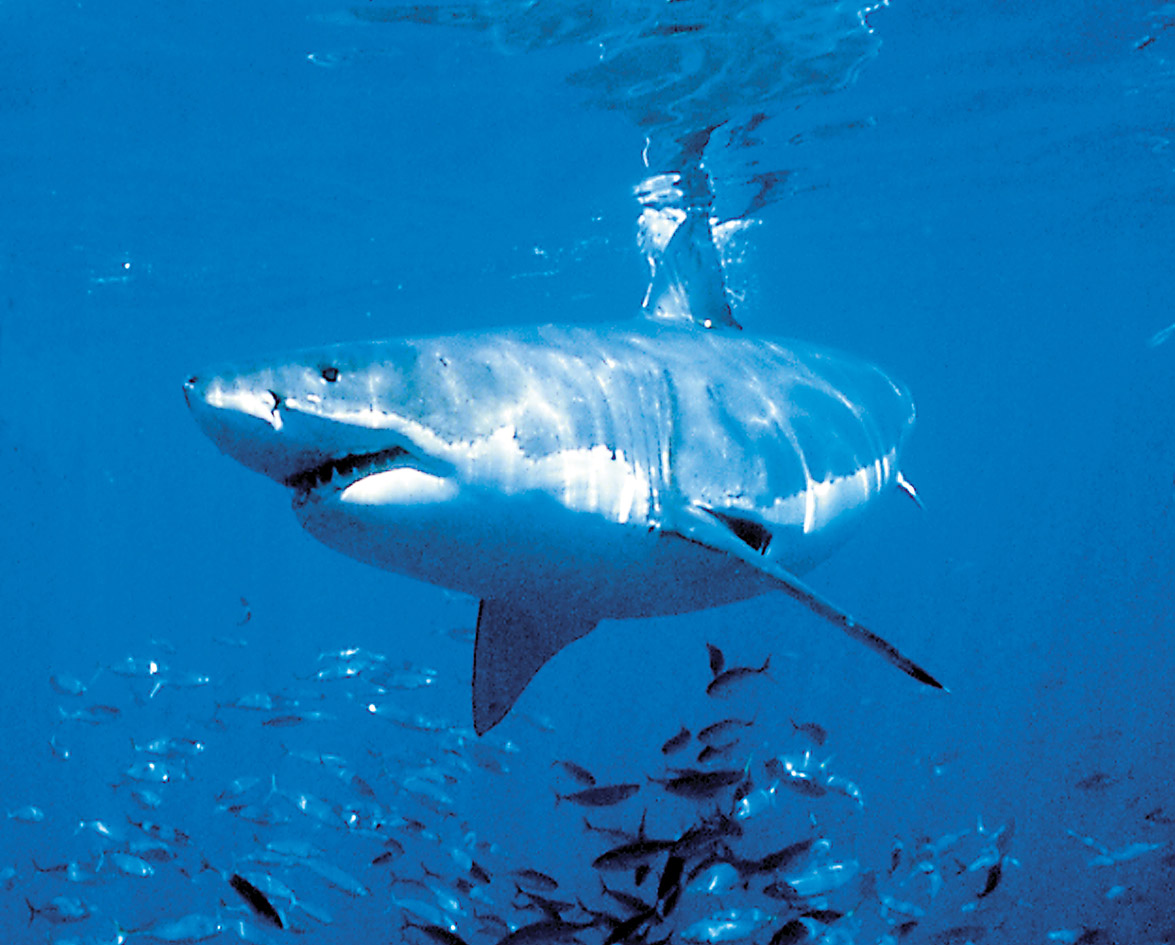An old Alaskan tale tells of small charter planes flying above Prince William Sound, with an aerial view of thousands of salmon sharks thrashing at the water’s surface below. However, Daniel Boone Hodgin has a more recent observation: “My [guess], just with all the work that we’ve done—there’s maybe 50 sharks in existence. It’s really quite bad.”
Hodgin, shark wrangler, expedition leader, backcountry guide, divemaster, US Coast Guard boat captain, and owner of Alaska Shark Diving at Ravencroft Lodge, has an affinity for salmon sharks and has built his entire Alaskan diving career around them. Hodgin has helped major television networks such as Nat Geo Wild, The Discovery Channel, Animal Planet, PBS, and BBC to capture video footage and photographs of these underwater creatures. Since 2003, Hodgin has been observing the sharks underwater and noticed a dramatic decline in their population.
Salmon Sharks
The salmon shark (Lamna ditropis) is native to the North Pacific Ocean, ranging as far west as the Sea of Japan, and east along the coast of North America from California to Alaska. As explained by the Alaska Department of Fish and Game, salmon sharks are endothermic creatures, which means they can generate internal heat. Their warm muscles contract faster and allow them to be agile and fast in the cold waters of the Gulf of Alaska, where they can live all year round. On average, salmon sharks weigh between 115–180 kilograms (up to 450 kilograms at their largest size) and grow as long as 3 metres. At its largest size, the salmon shark can be mistaken for a small great white shark, but the jaw structures differ between these two species. The jaw of the salmon shark is narrower, and has several rows of razor sharp, half-inch-long teeth that are perfect for feeding on salmon, herring, sablefish, gadids, rockfish, and squid.
On the International Union for Conservation of Nature (IUCN) website, on a scale from “extinct” to “least concern,” the salmon shark is listed as the latter. Regarding the salmon shark’s status, the IUCN states: “With the current ban on commercial fishing in Alaska state waters and fairly conservative sport fishing limits, it appears that the population is stable.”
However, Hodgin says the IUCN’s conclusions are based on research that had been done on salmon sharks during the early 2000s, a time when the population of salmon sharks was healthy. In simple terms, no significant research on salmon shark populations has been done in the past decade.
Knowledge Gap
In an article titled “Shark Aggregation in Coastal Waters of British Columbia,” published in 2010 by the journal Marine Ecology Progress Series, the authors studied salmon shark populations in Queen Charlotte Sound from 2004–2006. The report states, “Shark populations in Canada’s Pacific waters are poorly understood, and information on their population size and status is required to understand the role of top predators in marine ecosystems and to inform conservation and management efforts.” Jackie King, research scientist at the Department of Fisheries and Oceans Canada (DFO), says, “Sharks are one of the suite of species for which there is a definite knowledge gap.” This gap is reflected in the IUCN database, which in 2000 said that information on salmon sharks is “data deficient.” Throughout the scientific literature, there is a common theme: more research needs to be done.
Diminishing Population
When Hodgin and his wife started to build their wilderness lodge in Prince William Sound in 2003, he says there were hundreds of salmon shark sightings, and the sharks were easily spotted. Shortly thereafter is when Hodgin believes salmon sharks were beginning to be overfished. In email correspondence, Hodgin says, “In 2005–2007, shark fishing was hot in Alaska. [In] 2008, we did not see a single shark. Fast forward to 2012, we saw 5–8; 2013, 10–12; 2017, 30 sharks. These are not exact numbers, but give a good estimation on what was occurring and what we witnessed on a first-hand account. I see the population growing (slightly), but at this rate it will take decades to see the numbers return to what we saw in 2003.”
To further his point about diminishing salmon shark populations since 2003, Hodgin continues: “…[There were] charter boats going out, catching six sharks a day over 45–50 days, and there were probably 20–30 boats doing that. Well, the reason they stopped fishing for [salmon sharks] was because they couldn’t find them anymore.”
State law in Alaska says that each person can catch two sharks per year. As stated by the IUCN, commercial fishing for all shark species in Alaskan waters has been illegal since 1997, but sport fishing is currently permitted. A report from the DFO Canada, titled “Codes of Conduct: Shark Encounters,” explains that shark populations are vulnerable to overfishing and to fishing-induced mortality, which includes entanglement in nets and accidental capture (also known as “bycatch”). Salmon sharks become victims of bycatch when they feed on species that are fished commercially. Hodgin says, “Although they don’t target sharks, commercial fishing is probably more damaging mostly from bycatch. This is the elephant in the room when it comes to the commercial fishing industry just about anywhere.”
Dr William Cheung, associate professor at the Institute for the Oceans and Fisheries at the University of British Columbia, agrees that salmon sharks are potentially more vulnerable to overfishing based on this species’ slow life history. Dr Cheung says, “Basically, it means that the population cannot replenish themselves quickly enough to given rates of fishing.”
Call to Action
To protect salmon sharks, we must take action. In the book Sharks of the Open Ocean: Biology, Fisheries, and Conservation, the authors say there is a great need to document and obtain detailed bycatch records in order to foster responsible management of salmon sharks. The authors of the article “Shark Aggregation in Coastal Waters of BC” concur: “We recommend that a dedicated Canada-US sightings and biological sampling program be considered, perhaps under the UN Transboundary Species Fishery program.”
Sharks are an important part of the ocean’s ecosystem. In a 2017 interview with inquirer.net, Gonzalo Araujo, executive director for Large Marine Vertebrates Research Institute Philippines, says “Sharks maintain healthy ecosystems. They pick on the old, the diseased, the weak, ensuring appropriate population levels and promoting species diversity by fulfilling their role as apex predators.” You can imagine our oceans like a game of Jenga. When one piece is unstable, or taken away completely, there is the risk that everything around it will fall apart.
Hodgin shares his concerns: “What’s nerve-racking is that one shark fishing charter boat, over the course of the week, could kill off the population that is returning to Prince William Sound.” Hodgin says he has been trying to get more updated research on salmon shark population numbers, but has had little traction.
The lack of recent scientific literature surrounding salmon sharks should be a call to action. How can we know for sure that salmon shark populations are currently stable? How can we ensure ongoing conservation efforts of our sharks? Who is willing to step up to the plate and fill in the knowledge gap on salmon sharks?











